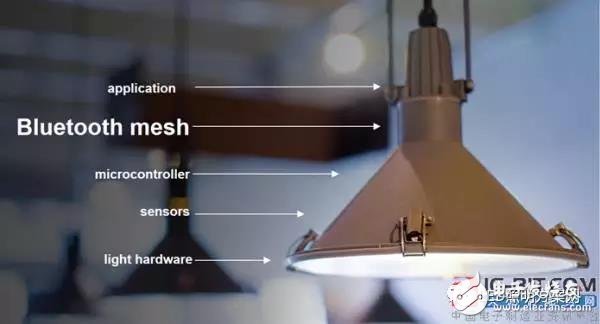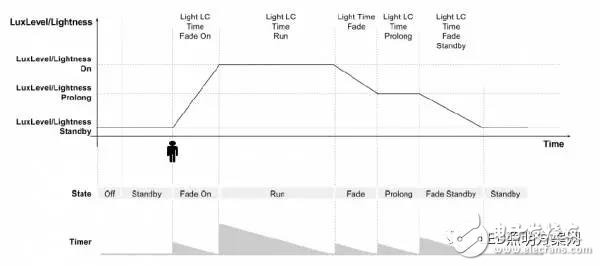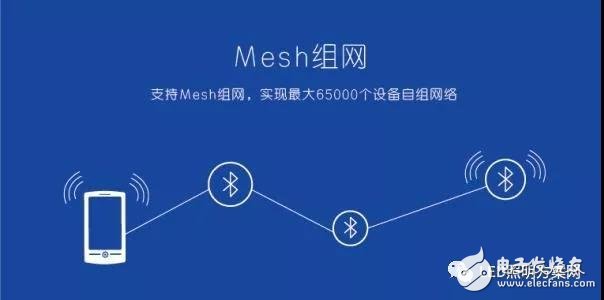Lighting brings magical possibilities to smart buildings. It can continue to be powered, almost everywhere. Installing a new wireless network innovation allows you to create a natural, interconnected grid that allows lights, switches, and related sensors to communicate directly, eliminating the need for intermediate controller equipment and eliminating the hassle of wiring.
With the admiration of smart cities around the world, countries all over the world are beginning to intelligently transform buildings, not only to optimize for various target buildings, but also to ensure that it meets the ever-increasing demands and energy efficiency regulations. difficult. Energy consumption must be minimized and operating costs must be kept low. It is also important to improve the working environment for employees so that they can perform at their best at work. The only way to achieve this is to use new technologies, mine data, and fine-grain control of building systems.
Connected lighting brings more possibilitiesLighting brings magical possibilities to smart buildings. It can continue to be powered, almost everywhere. Installing a new wireless network innovation allows you to create a natural, interconnected grid that allows lights, switches, and related sensors to communicate directly, eliminating the need for intermediate controller equipment and eliminating the hassle of wiring.
Eliminating the wires can bring all aspects of the benefits. This not only reduces the material and labor costs required to initially install and commission the system, but the wireless connection between the lights, switches and sensors makes the system more flexible and adapts to changing costs faster and easier at a lower cost. Demand.
The birth and maturity of wireless technology has created a good opportunity for a truly intelligent environment. In such a smart environment, lighting fixtures have been reborn, and we have a traditional image that can only be illuminated.

First, let's take a look at the basic structure of the lighting. It can be said that the lighting consists of the hardware and software shown below.

Although the sparrow is small and complete, we can see that our intelligent lighting is a computer with software, hardware and communication functions. It is programmable like any computer. Its programming defines its function.
First of all, the luminaires of course include lighting hardware, such as LED lights, and may also include some integrated sensors. The microcontroller it contains is actually a programmable chip with executable code.
The Bluetooth mesh component is its wireless communication component.
Finally, the application layer (ApplicaTIon Layer). In a nutshell, the application layer is where product behavior is implemented.
The above is just an application of lighting fixtures, and it already has the elements needed for intelligent control. But what if we can run multiple applications simultaneously in smart lighting?
This issue is the most critical, but it also gives us more insight: Smart lighting can be used as a platform for multiple building services, not just lighting and lighting control! Especially when multiple applications can be interconnected at the same time, the intelligent lighting system will be completely different.
Lighting system becomes a building automation platformIntelligent buildings require extensive automation. For example, the use of ambient light sensors can maintain a constant ambient light level in the room by automatically increasing the level of artificial lighting when the natural light through the windows and skylights is not bright enough at different times of the day or in different weather conditions. Conversely, when bright sunlight illuminates the room, artificial lighting can be dimmed or turned off completely. This is called daylight harvesTIng.
Occupancy sensors can trigger automatic lighting changes, such as turning on office lights when a room is occupied, or turning off office lights when not occupied. But the usual requirements for controlling lighting are slightly more complicated, and an equally complex wireless solution is needed that uses configuration timing parameters to provide the ability to initiate a lighting transition that changes its brightness as it goes through a defined set of states.

Brightness conversion as defined in the Bluetooth mesh model specification
Bluetooth mesh as an intelligent lighting platformAt present, the Bluetooth Technology Alliance has the confidence that the Bluetooth mesh intelligent lighting system has great potential to play the role of a distributed small computer network. Each small computer (lighting fixture) can communicate wirelessly and efficiently with other mesh devices. In addition to providing us with the much-anticipated lighting system capabilities, they are able to perform a variety of other building-related application functions and create truly intelligent building services.

This means that in the future, intelligent lighting fixtures are very likely to become an intelligent platform through which the various applications of smart buildings in smart cities can be associated and intelligent building services can be improved, all of which can even be hoped to be controlled by mobile phones. And implementation.
Ribbon Tweeter,Ribbon Tweeter Speaker,35W Sound Ribbon,Folded Ribbon Tweeter
Guangzhou BMY Electronic Limited company , https://www.bmy-speakers.com
